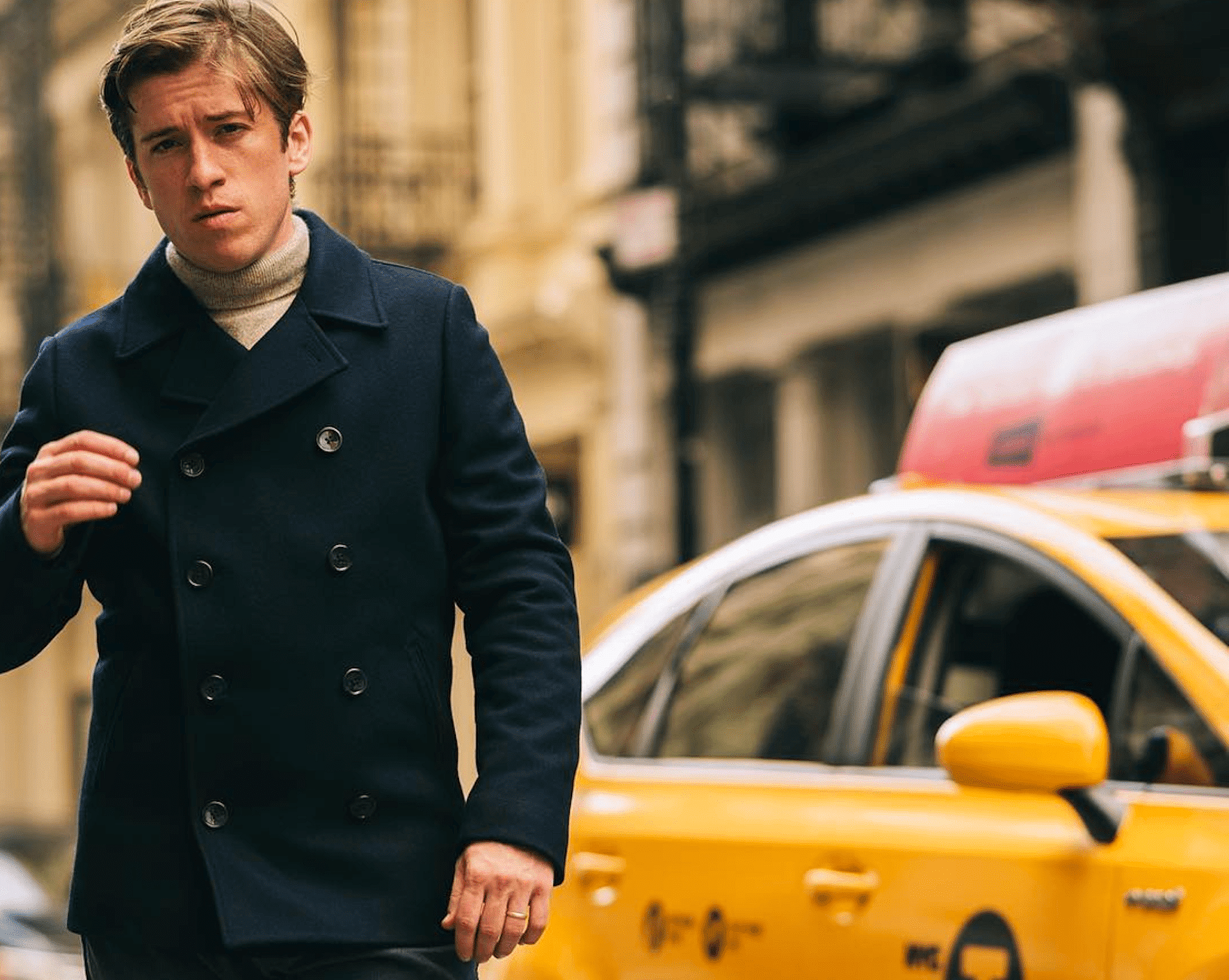Confessions of an Instagram Influencer

A Bloomberg journalist gave himself 30 days to become an Instagram influencer.
The world of influencers is exploding.
Agencies, agents, groups, companies are born each month, all dedicated to the phenomenon of influencers, and they are wildly encouraged by the appetite of brands and marketers.
You have half-a-million followers on Instagram, YouTube or Facebook? You can monetize this situation by accepting offers that you will receive from brands wanting to get themselves known and shown.
The model is a good one. Someone builds an audience with their talent, their photos, their content and an advertiser wants to reach that same audience, so why not combine the two and make a deal?
But, as you will discover reading this article, an entire industry was created around this and not everything is as authentic as some would want you to believe, or at least not everything is the fruit of a single person’s efforts.
I am suggesting this article today not to try and make you believe that all influencer marketing is tainted by this, but to allow you to know this industry a little better.
At Toast, we swim in influencer marketing (we actually have announcements lined up for 2017, that’s a scoop!). As an example, we work with Jimmy Sévigny, who can reach about 2M people each week with his posts on Facebook, thanks to his 230k fans. These are opportunities for brands and marketers to be able to reach a niche and engaged community (because it really is a community). As audience builders, our objective at Toast is to maintain the authenticity of this community, while growing it around Jimmy’s content and business objectives.
The Bloomberg article concentrates on Instagram influencers, but this same reality can be applied to Facebook, YouTube, Snapchat or any other social network where someone can build a decent audience.
I invite you to take a cup of coffee, or tea, or any other warm beverage for that matter, sit down and dive into the world of influencers.
Alexandre Gravel
Publication
January 2017
Themes in this article
Branded Social Media Collaboration with Influencers Influencer Marketing Influencer Marketing Perspectives
